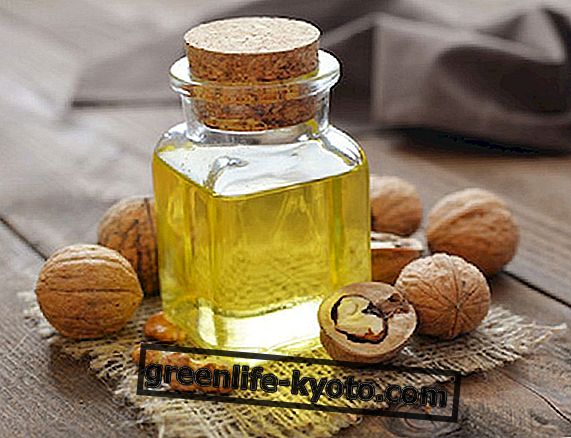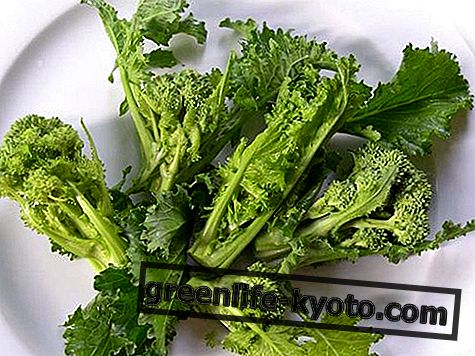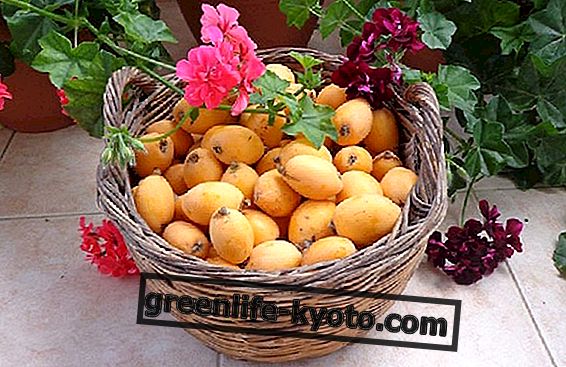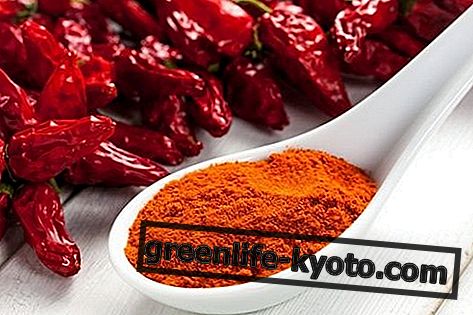
Lentils are found both dry and fresh. The drying process makes it possible to increase the biological availability of fiber, as long as it has not exceeded twelve months.
In macrobiotic cuisine, lentils are yang : they are in fact consumed mainly in the east, as in the west, in winter, in the yin season, so as to balance the energies of the climate.
There are 3 varieties of lentils: green, brown and red ; the latter is peeled and therefore suitable for those who are not used to eating them and those who are struggling to digest them.
Lentils in jars are also commercially available : they are easier to cook, do not need to be soaked and are practically ready to be consumed; unfortunately, however, they contain large amounts of water and part of the biological value is therefore lost. Furthermore, the conservation water is often added with salt.
How to cook lentils
It is advisable to buy dried lentils and, for the preparation, leave them to soak for at least 12 hours, after which it is possible to cook them, adding kombu seaweed, both to accelerate cooking times and to make the carbohydrates of lentils more digestible.
Lentils can be boiled in water : part of the minerals is lost, however. Lentils cook their water volume three times, and times vary from 60 minutes to 2 hours depending on the cooking method. The red lentils, peeled and cooked in less than 30 minutes.
The best cooking method is the one that involves the use of a pressure cooker : in addition to the advantage of decreasing the preparation time, it avoids dispersing minerals in liquids. Before each cooking is recommended to rinse the lentils several times in running water to remove residues from the peel and soften it.
2 recipes with lentils
Lentil soup
For this recipe red lentils are used, as they cook in less time and are easily digested. However, they can be replaced with other dried lentils, previously soaked and cooked in a pressure cooker. There are various ways of preparing the soup. Here is one.
Ingredients for 4 people:
> 200 gr of red lentils
> 1 medium head cabbage
> 1 carrot
> 1 small shallot
> 1 stalk of celery
> a basket of chives
> 5 cm of kombu seaweed
> 2 tablespoons of miso (barley, which melts more easily)
> oil, salt and pepper to taste
Preparation : cut the vegetables and fry quickly in a little oil and a little water. The seaweed is rinsed and added to the vegetables. When they are briefly stewed, add the lentils, after rinsing them thoroughly.
Add the water and cook with the lid for about 30 minutes. When cooked and with the flame off add the miso, taking care to dissolve it well in the water. Add the finely chopped chives, season with pepper and salt and serve.
Lentils, learn more about nutritional values and recipes

Lentils with red turnip
For this recipe you can use all types of lentils, because the cooking times for the stew are still long.
Ingredients :
> 200 grams of lentils
> 100 gr of red turnip
> half a glass of still red wine
> 2 shallots
> 1 carrot
> 1 stalk of celery
> oil and salt to taste
Preparation : cut the vegetables into small cubes and put them in a saucepan with a tablespoon of oil. After 2 minutes add the lentils and sauté briefly.
Then dissolve with red wine, let it evaporate, stirring, and then add the amount of water needed to cover everything. Cook over a low heat for about an hour, checking the degree of cooking from time to time and stirring.
When the water is absorbed hot stewed lentils are served with wholemeal bread or wholemeal rice timbales.

Lentils: nutritional properties
Lentils are, together with other legumes, an excellent source of vegetable protein . 20% of their content is made up of proteins, 80% of carbohydrates and fiber and the remainder is divided between B vitamins, iron, magnesium and zinc.
Like most legumes, the proteins contained in lentils have a medium biological value, ie they lack some amino acids such as cysteine and methionine; this deficiency can however be effectively compensated by associating whole grains with legumes, which allow an ideal supply of all essential amino acids and the absorption of the minerals present in legumes: the proportion is three quarters of cereals for a quarter of legumes.
Lentils, like all legumes, contain phytin, a substance that reduces the absorption of minerals. The sprouted lentils do not contain phytin, and therefore make available all the substances contained in the recipe and in the presented dish.
In addition, some carbohydrates present in all legumes, and therefore also in lentils, are not assimilated by all stomachs, causing meteorism : even in this case it is sufficient to insert initially small quantities of legumes to go to increase them, or use legumes dried up no longer of one year and cooked with kombu seaweed or still consumed after a long cooking, such as to break down the peel as much as possible, until it almost becomes puree, which is the part of the lentil that could be badly digested.
Of all the legumes in general , lentils are those that are best tolerated and can therefore be used as an introduction to a wider and more varied consumption of legumes.
60 grams of dried lentils satisfy most of the daily need for dietary fiber and up to 25% of the average adult vitamin B and magnesium needs . Sprouted lentils are a very rich source of vitamin C.













